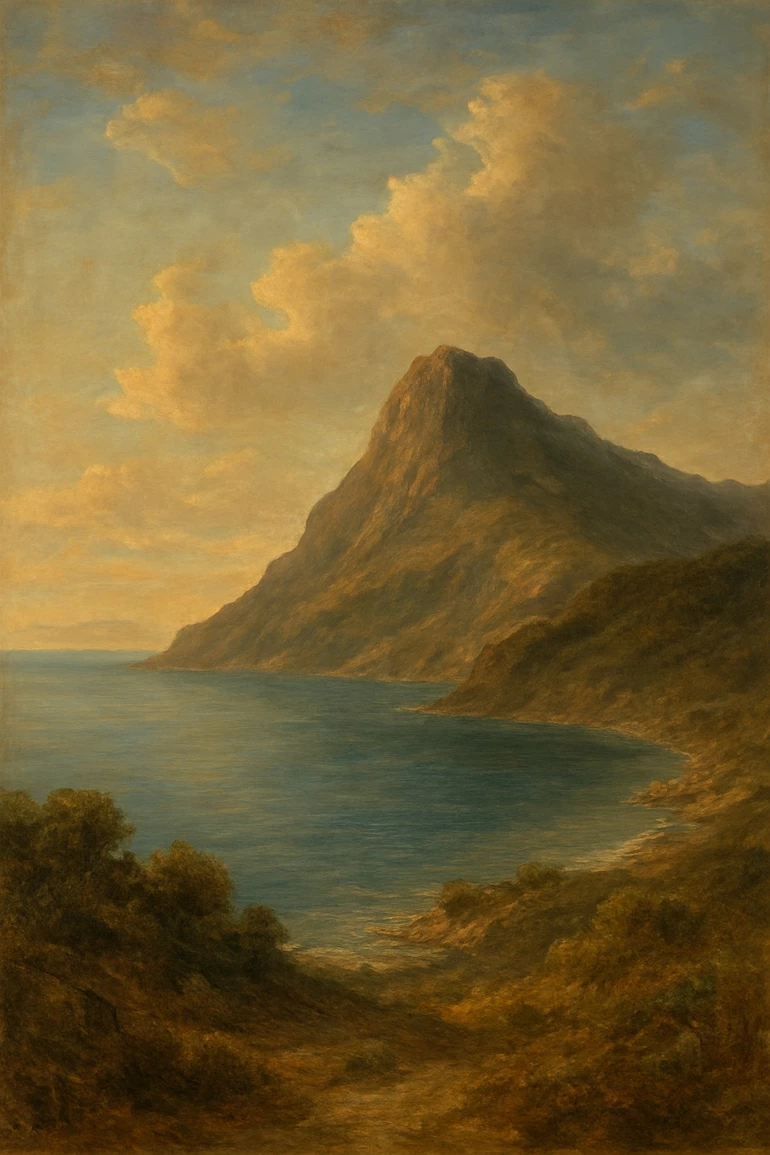Exile islands have long shaped the destiny of leaders, rebels, and visionaries cast away from society.
Remote and surrounded by water, these places of isolation served as prisons without walls, silencing opponents while leaving behind legacies that echo through history. From Napoleon Bonaparte’s final years on St. Helena to the political prisoners of modern Greece, exile islands reveal how geography and power collided in moments of extraordinary human drama.
Table of Contents
Why Exile Islands Were Chosen
Throughout history, rulers have turned to islands as instruments of control. The sea acted as a natural fortress: impossible to cross without ships, and psychologically devastating for those condemned to solitude. To be sent to an exile island meant more than punishment—it was erasure, a forced disappearance from the public stage. Yet time and again, these isolated landscapes became the backdrop for acts of resilience, creativity, and survival.
Famous Exile Islands in History
St. Helena: Napoleon’s Last Horizon
In 1815, Britain exiled Napoleon Bonaparte to St. Helena, a volcanic island in the South Atlantic. For six years, the former Emperor lived under constant surveillance, writing memoirs and pacing the barren landscape.

Escape was unthinkable: the island lay 1,950 kilometers (1,200 miles) from the nearest land. Today, visitors walk the same paths, reminded of how even the most powerful can be reduced to silence by isolation.
Patmos: Revelations in Exile
Centuries earlier, the Apostle John was banished to Patmos, a rocky island in the Aegean. Tradition holds that it was here, in a cave, that he wrote the Book of Revelation. A punishment became a turning point in religious history. Pilgrims now visit Patmos as a sacred site, proof that exile islands sometimes nurtured voices meant to endure.
Elba: The Exile That Failed
Before his final banishment, Napoleon was briefly sent to Elba, an island in the Mediterranean. Unlike St. Helena, Elba’s proximity to Europe made escape possible. Within a year, Napoleon returned to France, sparking the Hundred Days and reshaping Europe one last time. Elba stands as an example of how exile could fail when isolation was incomplete.
Makronisos: Greece’s Wounds
During the Greek Civil War and its aftermath, thousands of political dissidents were held on Makronisos. The dry, windswept island became synonymous with suffering. Prisoners endured brutal “re-education” programs in a landscape stripped of comfort. Today, the abandoned barracks and ruins stand as stark reminders of a nation’s internal conflict and the price of dissent.
The Frozen Outposts of Russia
From the Tsarist era through the Soviet period, Russia used Arctic islands as places of punishment. The cold was relentless, food was scarce, and survival depended on endurance as much as obedience. These exile islands were not just prisons—they were death sentences carried out slowly by climate and distance.
Life on Exile Islands
Exile was more than physical separation. It was psychological exile from society itself. Meals were often meager, weather unforgiving, and horizons endlessly empty. Yet in those conditions, remarkable works emerged. Napoleon’s writings, John’s Revelation, and countless memoirs from political prisoners all remind us that exile islands sometimes gave birth to voices stronger than the silence imposed upon them.
Legacy of Exile Islands
Exile islands endure as symbols of power and resilience. They remind us of how rulers tried to erase opposition, but also of how endurance and creativity thrived in isolation. Today, many of these islands attract travelers, historians, and pilgrims who want to trace the footsteps of those once cast away.
From Napoleon’s solitude on St. Helena to John’s vision on Patmos, exile islands continue to fascinate. They show us that even in the loneliest places on earth, human stories refuse to be forgotten.

